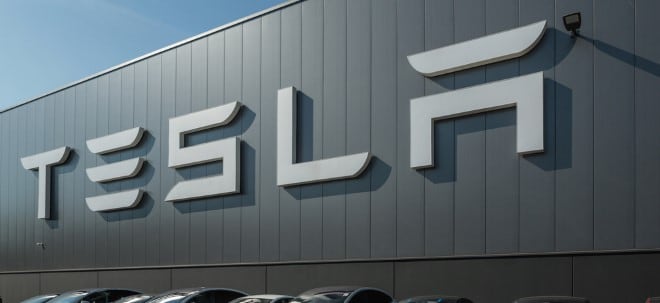nicht überraschend, aber aufgrund S&P's Renomée trotzdem lesenswert. Standard & Poors bestätigt die Einschätzung, dass Metall Preise im Bereich der Höchststände verharren. MINING FINANCE & INVESTMENTSTRONG DEMAND AND WEAK SUPPLY S&P expects metal prices will remain at historic highsStandard & Poor's predicts that strong global demand and weak supply will keep metals and mining companies chugging ahead in the future with economic growth. Author: Dorothy Kosich
Posted: Tuesday , 08 May 2007
RENO, NV - Standard & Poor's recently asserted that strong demand and weak supply has strengthened the credit quality of mining and metal companies globally, and does not foresee "any quick changes in either of these fundamentals." In recently published research, S&P Primary Credit Analyst David Wyss noted that "the world's economy depends on raw materials, and as long as demand is strong, we expect metal prices to stay at or near historic highs. ...Barring some unforeseen economic dislocation, metals and the companies that mine and refine them seem poised to keep chugging ahead with economic growth into the foreseeable future." With a combined population of 2 billion, China and India are rapidly industrializing with a middle class that is buying the cars, electronics and other metal-based consumer items associated with a higher standard of living. Meanwhile, China has been a major export manufacturer with its goods heavily dependent on access to raw materials, particularly metals, according to Wyss. While rising metal prices will only have a minor impact on U.S. economic output, Wyss forecasts that producer nations-such as Chile, the DRC, South Africa and Zambia-"should definitely see a boost" in their domestic economies. He explained that metal prices historically have risen in a stairstep pattern: a steep rise, followed by a flat to mildly declining plateau, followed by another steep rise. When on the upswing, metals prices typically increased 50% to 100%. "We believe that the current pattern of increase will continue, although this cycle could be longer than others because of the stronger global economy," Wyss said. "While demand from China will ultimately cook, it could be another decade before the world sees a visible and long-term flattening of prices." S&P's research also determined that the supply side of mineral production has also contributed to higher prices. "Especially for nonferrous metals, such as copper and nickel, a lag occurs between the time a company decides to open a new mine and when it comes online. That interval is typically about five years, although it can be longer, especially if political problems occur." Tougher environmental controls globally have also added to the cost of new mines, as well as operating or remediating existing mines. "Almost all mining companies have had to face the realities of increasing environmental consciousness and that has meant higher costs," according to S&P's analysis. |


 Thread abonnieren
Thread abonnieren




